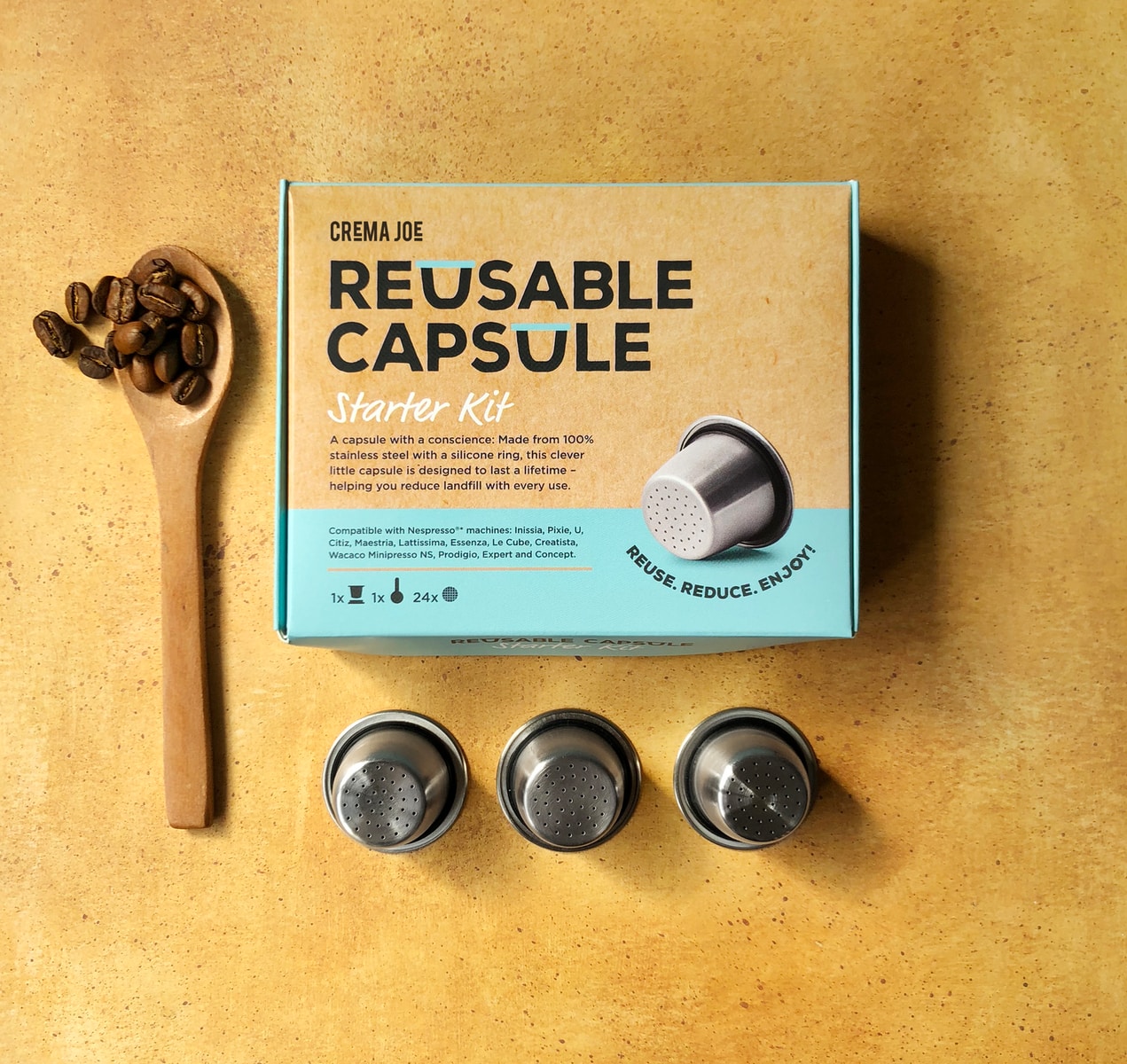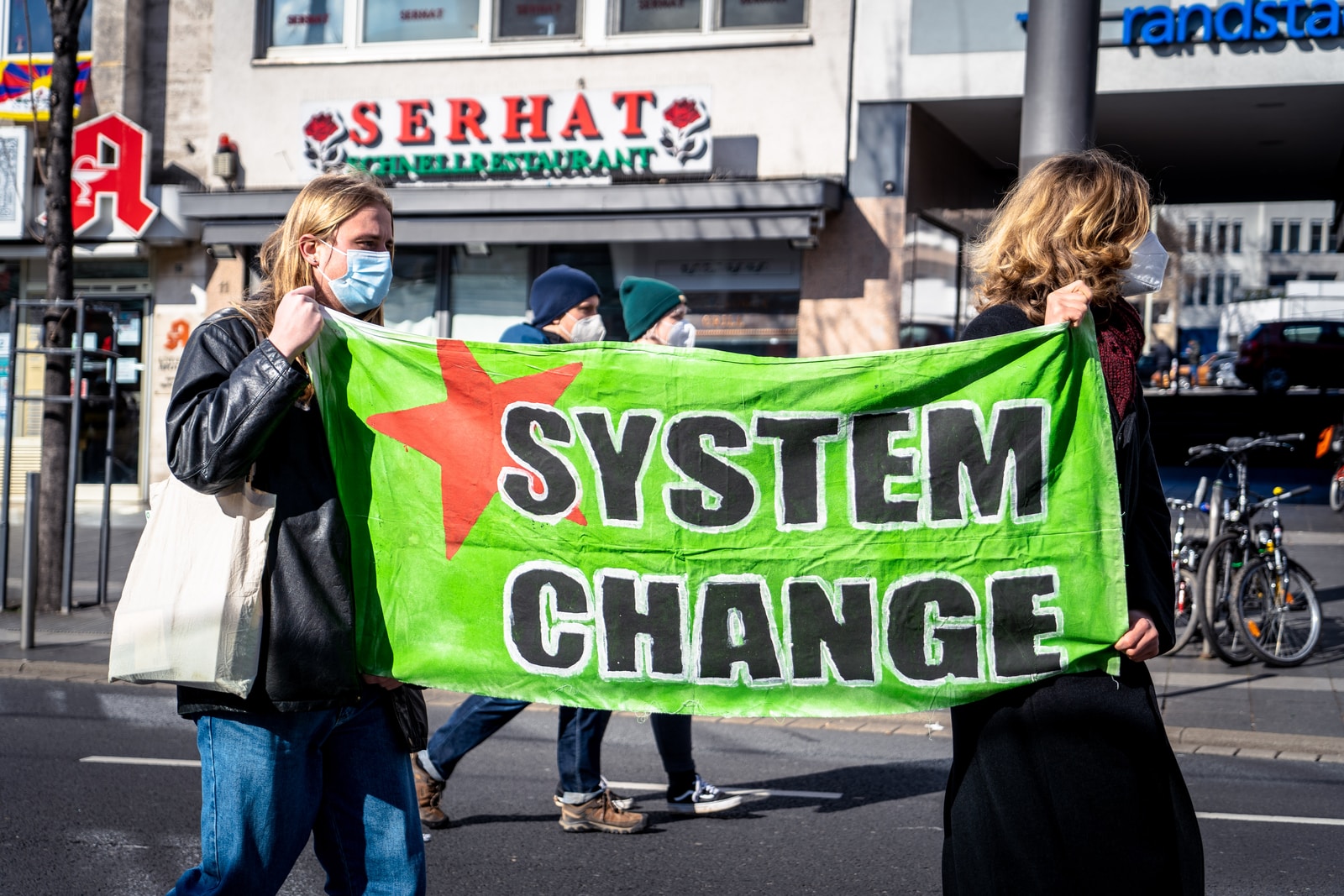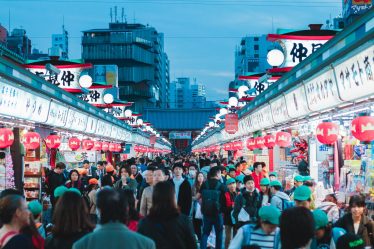
Many consumers are now checking the labels of clothing to ensure that they contain more information than just fabric composition and care instructions, as sustainability is becoming more important in their purchasing decisions. Consumers, retailers and brands are increasingly interested in the social and environmental impact of clothing. 84% of consumers, who are looking for information on the sourcing, manufacturing, and shipping locations of clothing, believe that trust in brands is essential when choosing a product that has sustainability in mind. An eco-label can be used to educate consumers and strengthen sustainability efforts. This has led to a rise in sustainable labelling in the fashion industry. What is an eco-label? How can consumers be sure which one they can trust?
An eco-label, a voluntary label that certifies a product or garment as sustainable, lists its credentials. The Ecolabel Index is an independent global directory that lists ecolabels and certification programs. There are currently over 450 eco-labels available (Ecolabel Index), in 25 different market sectors. Organizations such as the Better Cotton Initiative and Global Organic Textile Standard, the Fairtrade Foundation, and OEKOTex Standard work with retailers and manufacturers to share information via labels. These labels provide more transparency and clarity to consumers about the origins and production of end products and offer greater ethical and environmental protections. According to Forbes, 88% of consumers are looking for brands that help them make better decisions. A recent Forbes study found that swing tags or labels with sustainable and trustworthy information on garments is more important than ever.
While most of these eco-labels were created over the last two decades, each one adheres to a different standard. This can sometimes make it difficult for consumers to understand which label is trustworthy. According to the Changing Markets Foundation, “despite the proliferation in initiatives, there is not one scheme that adequately addresses sustainability performance throughout the entire supply chain. Many eco-labels do not cover the entire supply chain and lack transparency.”
Fashion eco-labels and certifications can set a higher standard by putting transparency, independence and a holistic approach that includes high levels of traceability, continuous improvement, and high levels of traceability first. Lenzing Group, a leading manufacturer of sustainable fibre, has created a unique system called the Lenzing E-Branding Service to give retailers and brands a way to emphasize their ethical and responsible sourcing.
The Lenzing E-Branding Service, a digital platform that verifies a company’s fibres and offers full traceability starting from the raw fibre to the finished product, supports the idea that transparency is the first step in building a sustainable textile industry. Manufacturers and retailers can use Lenzing E-Branding Service for fabric licenses, certifications, and order TENCEL(tm), swing tags from Lenzing’s flagship brand of textiles. This allows them to track their products and improve their supply chain transparency.
There are millions of TENCEL(tm), swing tags on the global fashion market today. Consumers have direct access to the location, technology and supply chain information through a QR code. To ensure the highest standards, retailers and manufacturers must obtain a license to use TENCEL(tm), the brand in their final product. After obtaining the license, retailers and manufacturers can use the TENCEL(tm), brand logo on their products or swing tags. The swing tag is a way for consumers to identify and search for sustainable clothing.
Florian Heubrandner is Vice President Global Textiles Business, Lenzing. “Consumers are looking for information about fashion brands’ supply chains, the materials they use, and their commitment to reducing environmental impact,” he says. “They want to make informed and sustainable purchasing decisions. However, they cannot do this unless they are able to trust the packaging or label of the final product. This is why transparency in the supply chain has become more important.”





